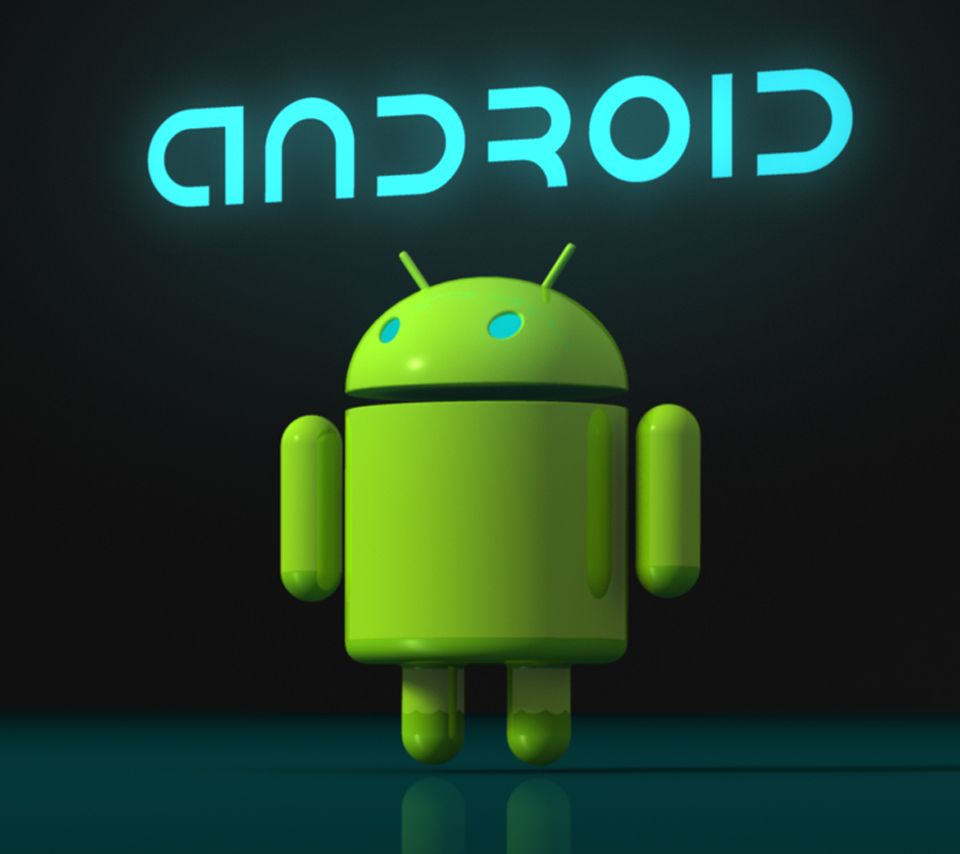Running has become a part of life for more and more people. It is considered
a great activity to promote one’s fitness and wellness. In the U.S. alone,
there are over 25 million runners; out of that huge number, more than 60% of
them get injured every year. And those injuries range from just minor aches to
chronic conditions.
According to Maurizio Macagno, vice president of development for
Heapsylon, “Technology is becoming smaller, and it will eventually disappear to
the human eye.” In the far future, there is a possibility that technology will
be incorporated in everything that surrounds us—and in us. Though that idea is
still a somewhat far-fetched, some innovators keep us right on track.
Featuring the Sensoria Fitness Socks—a smart device that can promote
one’s run. It provides more accurate details of a person’s number of steps
taken, distance, speed, cadence, and calories burned. But apart from the
information provided by it same as with the various fitness equipment available
on stores, it gets to tell you how well you’re running. It reflects both the
quality and quantity of your every run. It even integrates a virtual coach to
improve your performance. If you sit down too long, the app will let you know that
it’s already time to stand and get going through your mobile earphones. If you get injured, it will alert your loved
ones. It essentially heightens performance and security.
The socks themselves are the sensors, and because they are directly
placed on your feet, they provide you with the most accurate step, altitude,
and calorie counter versus other fitness devices available on the market. The
equipment will let you know how to run the proper way in order to prevent
strain or any other serious injuries. It helps runners avoid potentially
dangerous techniques, such as heel striking, overpronating, or excessive
forefoot running that could later lead to back pain or Achilles tendon
injuries. With it, you will be able to analyze your every run to make sure you
improve your performance and meet your goals. It enables you to share data
through social media to build a community of runners like you so that you get
to reach your target altogether.
The Sensoria Fitness experience comes with a pair of smart socks that
can go through wash and dry cycles, an electronic anklet that magnetically
snaps on the cuff of the socks together with the anklet charger, and the mobile
application that monitors your performance, shows valuable data, and provides
you with real-time audio cues to improve your run. The Sensoria Fitness app is
available for iOS, Android and Windows Phones. But if you prefer running
without your phone, there’s absolutely no problem. You can always access your
data at home with the app’s easy to use dashboard.
If you want to enhance your active lifestyle—or commence it—in making
your each and every run more fulfilling as ever, then you should definitely
should have a hands-on—foot-on rather—with the Sensoria Fitness Socks. It
currently retails at $149. If you’re interested on this smart, wearable device that boosts your fitness level, then
pre-order now and receive your very own in March 2014.








